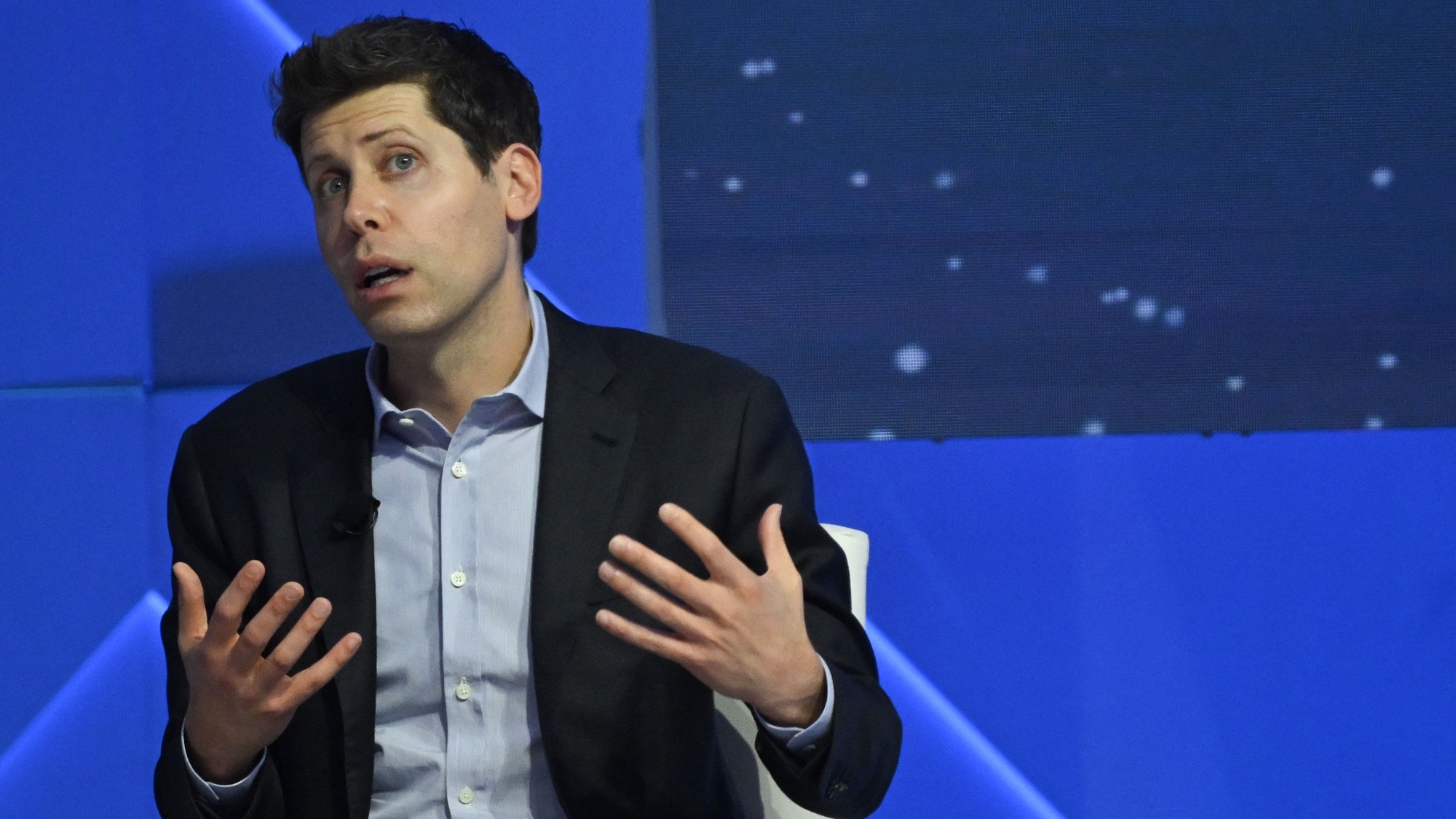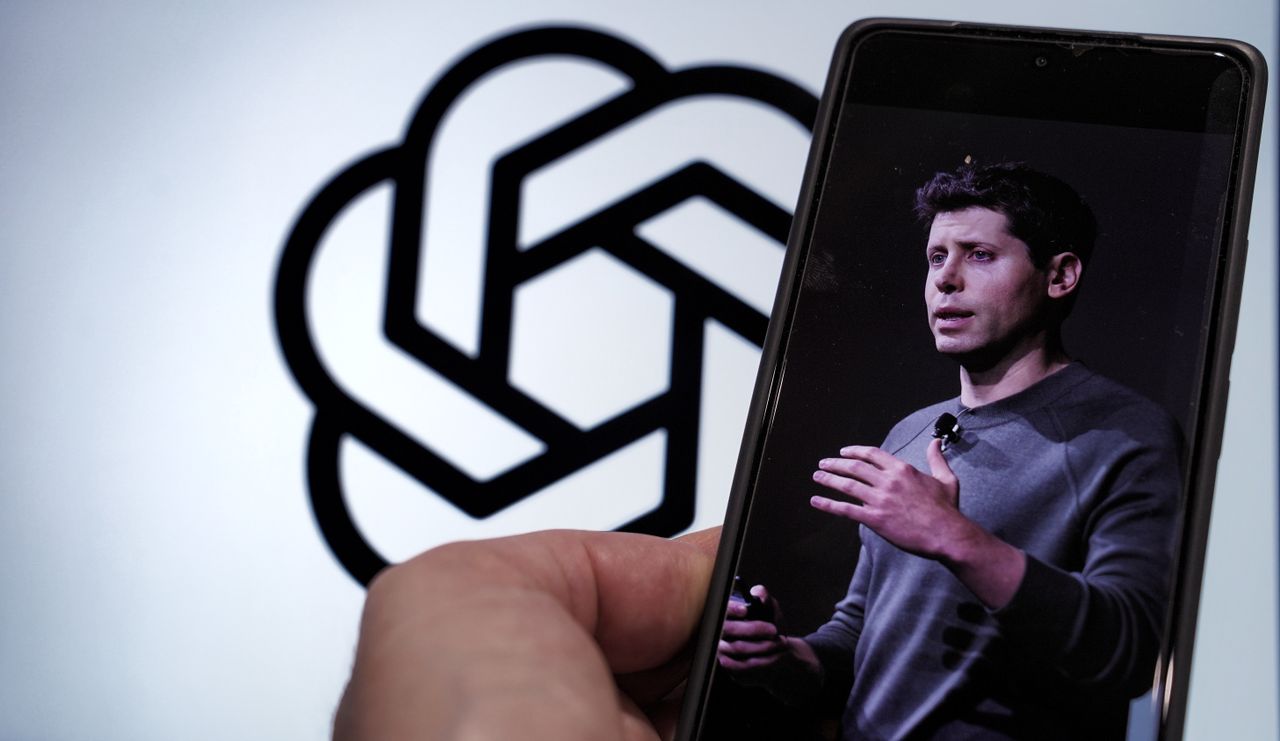ChatGPTThe CEO of the company, Sam Altman, envisions a future for AI that is ambitious and unique, one that other major tech companies cannot match: an AI system driven by 100 million GPUs.
That astonishing figure, casually brought up on X just days laterChatGPT Agent launched as we await ChatGPT-5, offers a look at the magnitude of AI infrastructure that has the potential to revolutionize everything, from the responsiveness of your chatbot to the reliability of the global energy grid.
Altman acknowledged that the 100 million GPU target could be a bit ambitious, adding “lol” to the statement, but there’s no doubt that OpenAI is already on course to exceed 1 million GPUs by the end of 2025. The consequences are significant.
We will have more than 1 million GPUs online by the end of this year! Very proud of the team, but now they need to start working on figuring out how to scale that by 100 times, lol. July 20, 2025
What is meant by 100 million GPUs?

For those who may not know, I’ll begin by describing the GPU, or graphics processing unit. This is a specialized chip that was initially created to generate images and video. However, in the realm of AI, GPUs have emerged as the key component driving large-scale operations. language models (LLMs) like ChatGPT.
While CPUs (central processing units) are designed to handle one task at a time with high efficiency, GPUs are engineered to execute thousands of basic computations all at once. This capability for parallel processing makes them ideal for training and deploying AI models, which require handling large volumes of data and performing numerous mathematical operations.
Therefore, when OpenAI mentions it is utilizing over a million GPUs, it is essentially indicating it possesses an extensive digital brain composed of powerful processors, collaborating to create text, interpret images, generate voices, and perform numerous other tasks.
In comparison, 1 million GPUs consume enough energy to supply a small city. Expanding this to 100 million could require over 75 gigawatts of power, which is about three-quarters of the total UK electricity grid. This would also result in an estimated $3 trillion expense for hardware alone, excluding costs related to upkeep, cooling, and expanding data centers.
This degree of infrastructure would surpass the existing capabilities of major technology companies such as Google, Amazon, and Microsoft, and is expected to significantly alter chip supply chains and energy markets along the way.
What’s the significance to you?
Although a trillion-dollar silicon empire may seem like insider industry knowledge, it has significant real-world impacts on consumers. OpenAI’s rapid expansion could lead to:
- Quicker reply times in ChatGPT and upcoming assistants
- Advanced AI systems capable of performing intricate, multi-step operations
- More intelligent virtual assistants capable of engaging in detailed, real-time interactions
- The capacity to execute more complex models with enhanced analytical thinking, innovation, and recall
In a nutshell, the greater the number of GPUs OpenAI incorporates, the more powerful ChatGPT (and comparable systems) can become.
However, there is a compromise: all this processing power has a price. Subscription fees might increase.
New feature releases could face delays if the availability of GPUs does not match demand. Additionally, worries about energy consumption and carbon emissions will continue to increase.
The competition for supremacy in silicon technology

Altman’s tweets come as competition between OpenAI and other companies intensifies.Google DeepMind, Meta and Anthropic.
Everyone is competing for superiority in AI model performance, and each depends significantly on access to high-performance GPUs, primarily from Nvidia.
OpenAI is reportedly looking into other options, such as Google’s TPUs, Oracle’s cloud services, and possibly custom-built chips.
More than just velocity, this expansion focuses on autonomy, authority, and the capacity to grow models that might eventually match human thought.
Looking forward to what’s coming next

Regardless of whether OpenAI ultimately reaches 100 million GPUs, it’s evident that the competition in AI is intensifying.
For regular users, this implies that more advanced AI technologies are coming soon, yet significant concerns regarding control, privacy, expenses, and environmental impact remain.
Therefore, the next time ChatGPT finishes a task in seconds or engages in an impressively human-like discussion, keep in mind: somewhere in the background, thousands (perhaps millions) of GPUs are working hard to enable this and Sam Altman is already considering scaling it up by 100 times.
More from Tom’s Guide
- Artificial intelligence is driving fake “Simpsons” forecasts — here’s how to identify the deception
- “Earthquake inside Apple” — AI initiatives face another significant setback
- DuckDuckGo is the first browser to introduce an AI image filter — here’s what you should be aware of
Liked this article? To discover more stories like this, follow us on MSN by clicking the +Follow button located at the top of this page.







